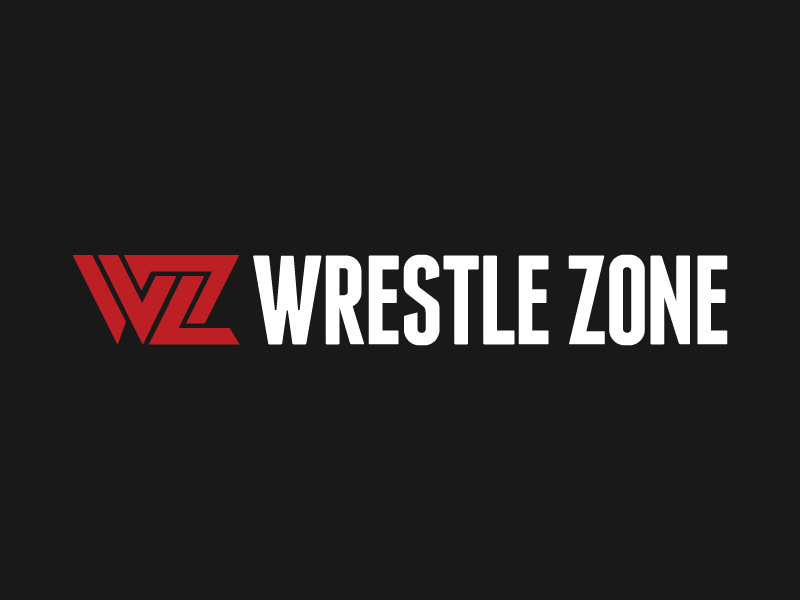The rights of workers are among the most defended and guarded in todays legal system. An extensive framework of legislation is continually undergoing development and refinement in order to ensure that workers are sheltered from the potential abuse of power by their employers. The working conditions of previous centuries are looked upon as barbaric and primitive, those not in a position of control being…

"This is a great feeling. I feel like I just walked into my mom's house.'"







